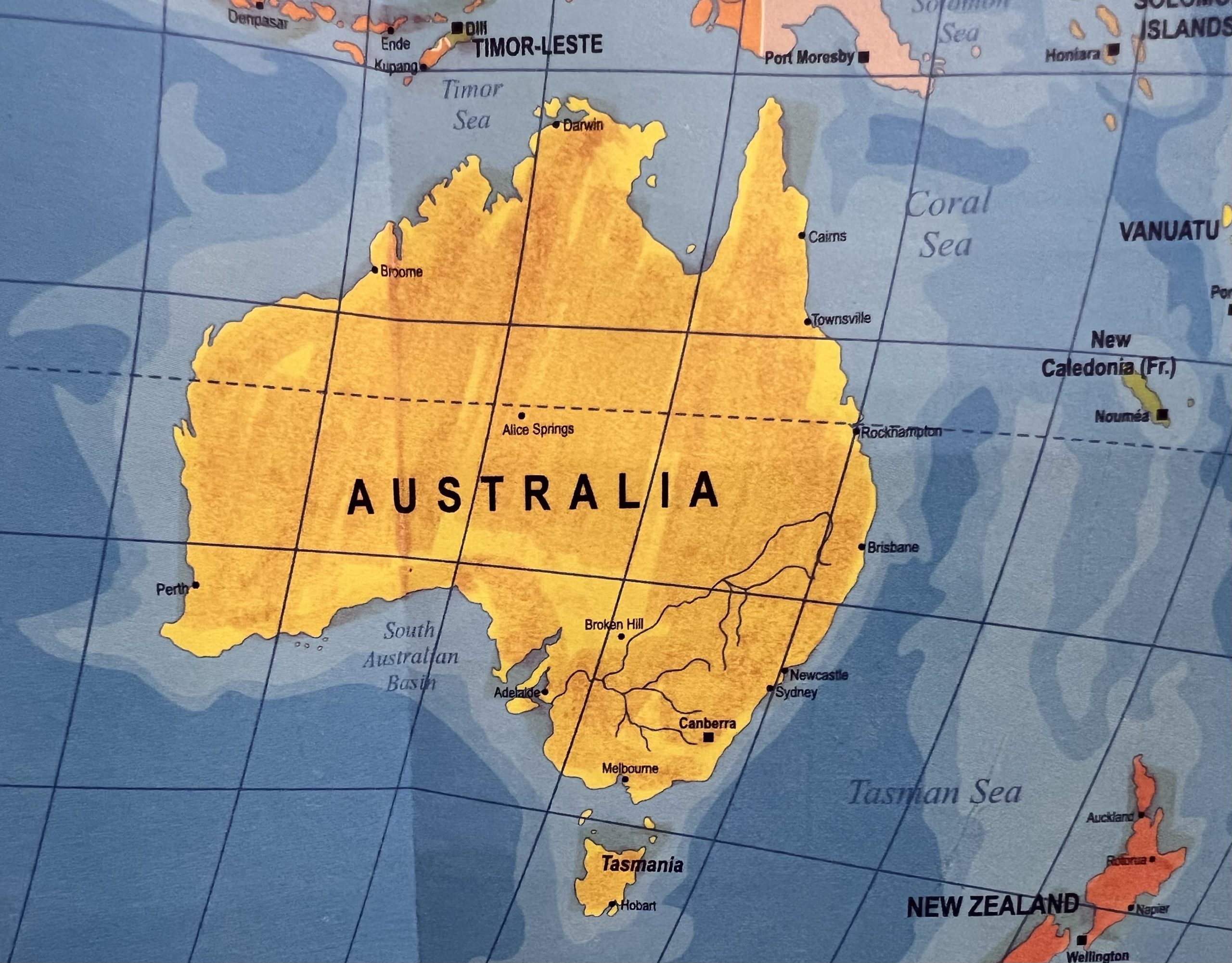
I had a vague familiarity with the digeridoo and some of the paintings. What to expect?
We weren’t sure what to expect when the Gay Games came to Australia. Tom Waddell, a gay Olympian, spearheaded the first games in 1982 in San Francisco as the “Gay Olympics”, where athletes of all orientations could compete openly in sports they loved. Being an “out” athlete then was unthinkable. The International Olympic Committee promptly sued him, despite the apparently benign Special Olympics, Police Olympics, and even the Crab Olympics that had used the name. Nonetheless, the renamed “Gay Games” survived and thrived. After two cycles in San Francisco, they opened in Vancouver Canada, New York City, Amsterdam, and in 2002—Sydney Australia.
The Games stressed inclusion, featured culture and supported the struggle against homophobia. They were a happy, supportive gatherings of thousands of people from around the world (and continue to this day—the next ones will be in Spain in 2026). Where else could you find such a grand weeklong celebration with activities such as cheerleading, choirs, marching bands, same-sex ballroom dancing and figure skating along with field sports, swimming and diving, tennis, bowling, billiards, softball—not to mention music and parties?
In Sydney, the Games took advantage of the sports venues spruced up for the recent IOC Olympics of 2000, and the Games’ opening ceremony was held in the same big stadium, choreographed in part by the same people. We signed up for tickets for events throughout the week, spread across the city. One of them was for an evening celebrating aboriginal culture held in a neighborhood venue. I didn’t know much about aboriginal culture and the history of Australia, except that it was dismal and racist, but was keen to learn more. I had a vague familiarity with the digeridoo and some of the paintings. What to expect?
The venue was pretty low key, a small theatre with a stage and simple lighting but with a full house. There ensued a series of acts that featured local talent, mostly singing. I really hadn’t expected country music with a guitar and cowboy hat, but it was interesting. Not a digeridoo in sight. Of course, this was an urban event, but it really didn’t include what I had imagined–some sort of traditional performances.
And then the lights went down, and the grand finale show-stopper came on to the unmistakable bass of an electric guitar. Out came the most magnificent incarnation of Tina Turner, with huge blonde spiky wig, form-fitting slinky dress and high heels, crooning the sweet opening lines of Proud Mary. As she geared up, the aboriginal drag queen brought the song into its super-energetic explosion of “rolling on the river”, dancing feverishly and lighting up the stage. The crowd was ecstatic. She did Tina proud indeed.
Wow. Just wow. I was schooled.



Thanx Khati, I knew nothing about the Gay Games. until reading your story.
It sent me back to read the Proud Mary lyrics, and to YouTube Tina Turner’s performance.
A perfect and inspiring song for that moment in Sydney, brava to all.
Oddly, I didn’t think about writing about the Gay Games when the Olympic prompt was up. As you can imagine, there are more stories associated with the Games, as we attended most of them until COVID hit. Lots of fun.